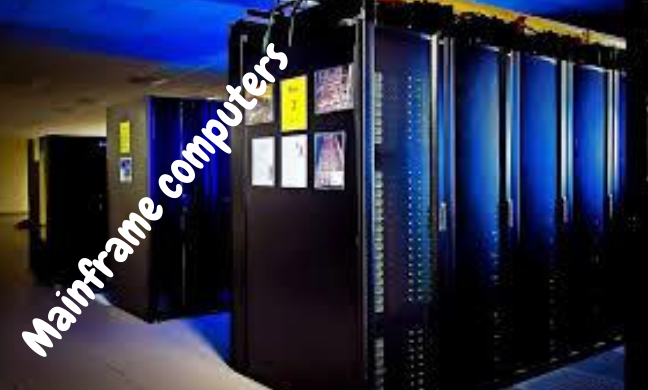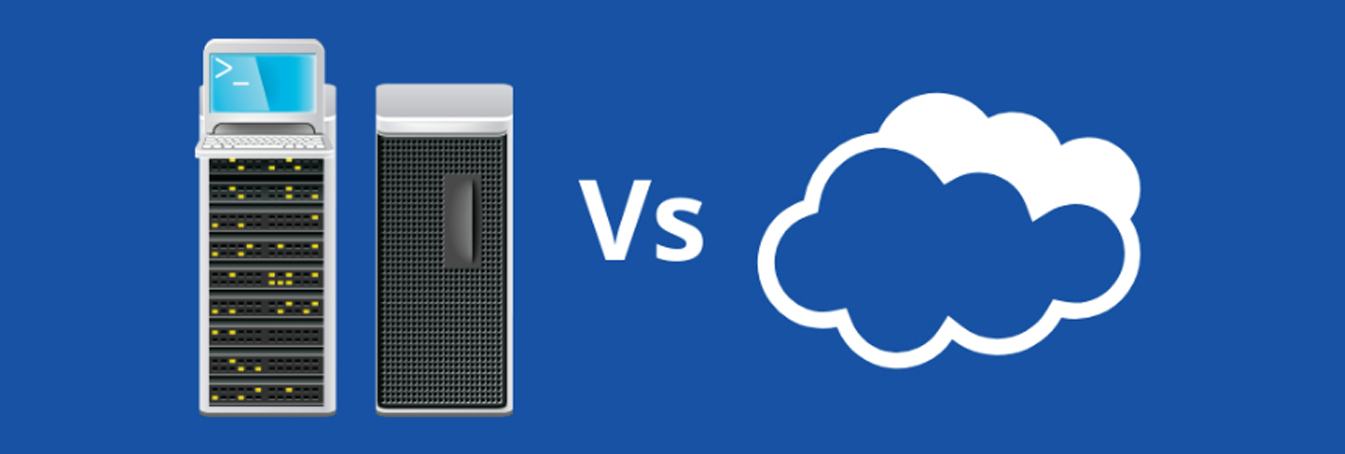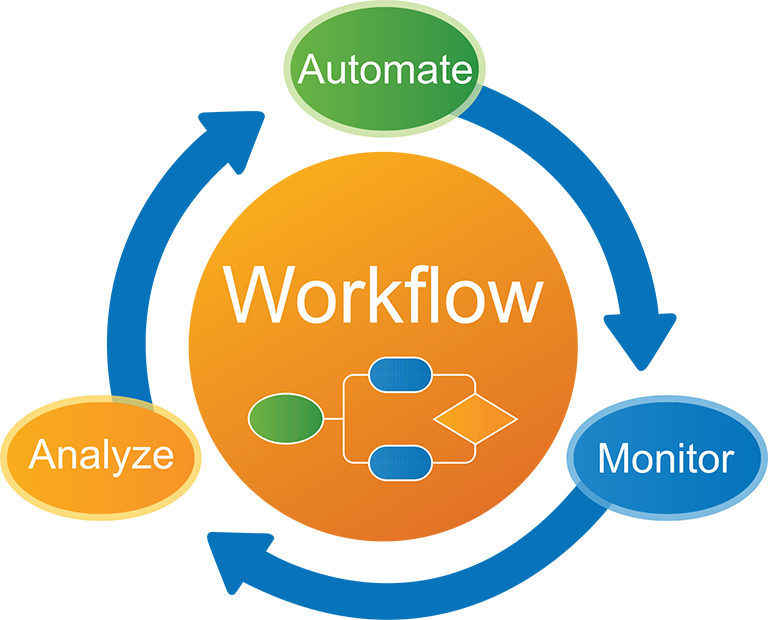Exploring the Relevance of Mainframe Systems in Today’s Business Landscape
As someone who has navigated the intricate paths of technology, from the foundational aspects of legacy infrastructure to the cutting-edge possibilities of artificial intelligence and cloud solutions, I’ve witnessed firsthand the evolution of computing. DBGM Consulting, Inc., has always stood at the crossroads of harnessing new and existing technologies to drive efficiency and innovation. With this perspective, the discussion around mainframe systems, often perceived as relics of the past, is far from outdated. Instead, it’s a crucial conversation about stability, security, and scalability in the digital age.
Graduating from Harvard University with a focus on information systems, artificial intelligence, and machine learning, and having a varied career that includes working as a Senior Solutions Architect at Microsoft, has provided me with unique insights into the resilience and relevance of mainframe systems.
The Misunderstood Giants of Computing
Mainframe systems are frequently misunderstood in today’s rapid shift towards distributed computing and cloud solutions. However, their role in handling massive volumes of transactions securely and reliably is unmatched. This is particularly true in industries where data integrity and uptime are non-negotiable, such as finance, healthcare, and government services.

Mainframes in the Era of Cloud Computing
The advent of cloud computing brought predictions of the mainframe’s demise. Yet, my experience, especially during my tenure at Microsoft helping clients navigate cloud solutions, has taught me that mainframes and cloud computing are not mutually exclusive. In fact, many businesses employ a hybrid approach, leveraging the cloud for flexibility and scalability while relying on mainframes for their core, mission-critical applications. This synergy allows organizations to modernize their applications with cloud technologies while maintaining the robustness of the mainframe.
Integrating Mainframes with Modern Technologies
One might wonder, how does a firm specializing in AI, chatbots, process automation, and cloud solutions find relevance in mainframe systems? The answer lies in integration and modernization. With tools like IBM Z and LinuxONE, businesses can host modern applications and workloads on a mainframe, combining the security and reliability of mainframe systems with the innovation and agility of contemporary technology.
Through my work in DBGM Consulting, I’ve facilitated processes that integrate mainframes with cloud environments, ensuring seamless operation across diverse IT landscapes. Mainframes can be pivotal in developing machine learning models and processing vast datasets, areas that are at the heart of artificial intelligence advancements today.
The Future of Mainframe Systems
Considering my background and the journey through various technological landscapes, from founding DBGM Consulting to exploring the intricate details of information systems at Harvard, it’s my belief that mainframe systems will continue to evolve. They are not relics, but rather foundational components that adapt and integrate within the fabric of modern computing. Their potential in harnessing the power of AI, in secure transaction processing, and in managing large databases securely makes them indispensable for certain sectors.

Conclusion
The dialogue around mainframes is not just about technology—it’s about how we envision the infrastructure of our digital world. Mainframe systems, with their unmatched reliability and security, continue to be a testament to the enduring value of solid, proven technology foundations amidst rapid advancements. In the consultancy realm of DBGM, the appreciation of such technology is woven into the narrative of advising businesses on navigating the complexities of digital transformation, ensuring that legacy systems harmoniously blend with the future of technology.

From the lessons learned at Harvard, the experience garnered at Microsoft, to the ventures with DBGM Consulting, my journey underscores the importance of adapting, integrating, and innovating. Mainframe systems, much like any other technology, have their place in our continuous quest for improvement and efficiency.